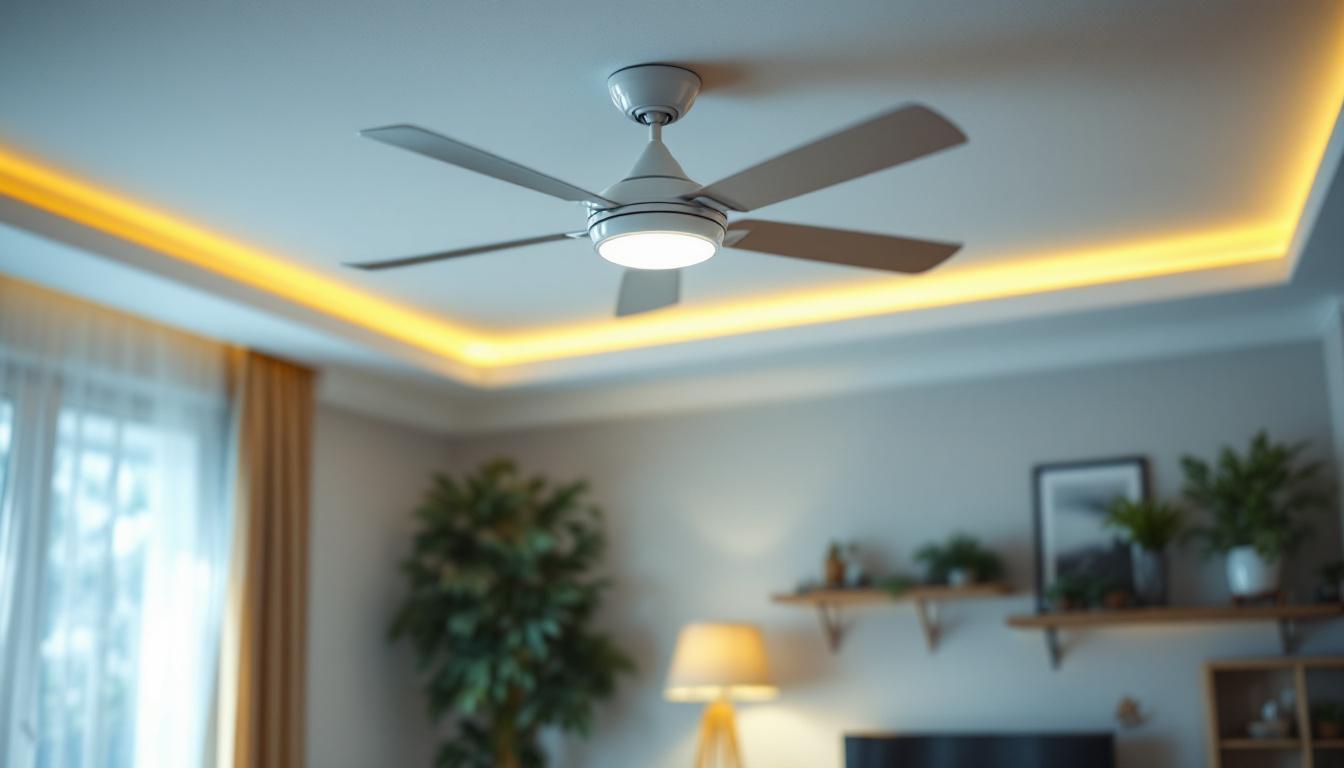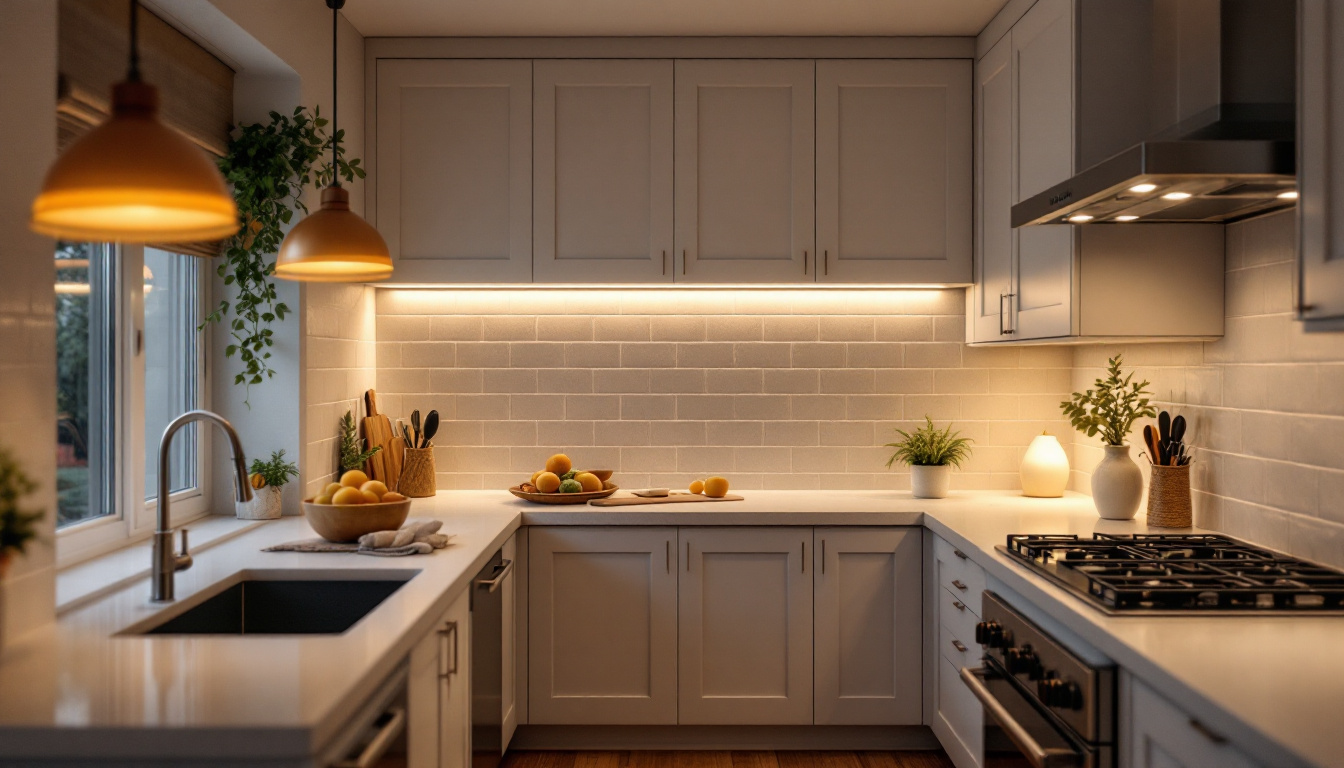
Lighting contractors play a crucial role in ensuring that outdoor spaces are well-illuminated and safe. With the advent of LED technology, flood bulbs have become a popular choice due to their energy efficiency and longevity. However, the transition to LED flood bulbs is not without its challenges. This article explores how lighting contractors can navigate potential issues associated with LED flood bulbs, ensuring a smooth installation and optimal performance.
LED flood bulbs are designed to provide bright, focused light for various applications, from illuminating parking lots to enhancing the aesthetics of landscapes. Unlike traditional incandescent or halogen bulbs, LED flood bulbs use light-emitting diodes to produce illumination, resulting in lower energy consumption and a longer lifespan.
These bulbs are available in various wattages and color temperatures, allowing contractors to select the perfect option for their specific projects. However, understanding the technology behind LED flood bulbs is essential for contractors to avoid common pitfalls during installation and operation.
One of the primary advantages of LED flood bulbs is their energy efficiency. They consume significantly less power than traditional lighting options, which can lead to substantial savings on energy bills. Additionally, their long lifespan means less frequent replacements, reducing maintenance costs over time.
LED flood bulbs also offer improved durability. They are resistant to shock, vibrations, and extreme temperatures, making them ideal for outdoor applications. This robustness can be particularly beneficial in environments where traditional bulbs may fail prematurely. Furthermore, many LED flood bulbs are designed with weatherproof casings, ensuring they can withstand rain, snow, and other harsh conditions, making them a reliable choice for outdoor lighting needs.
Despite their advantages, LED flood bulbs can present several challenges. One common issue is compatibility with existing fixtures. Many older fixtures were designed for incandescent or halogen bulbs, which can lead to problems when attempting to install LED replacements.
Another concern is the quality of light produced by LED flood bulbs. Some contractors may encounter bulbs that emit an undesirable color temperature or have poor color rendering, which can affect the overall aesthetics of a project. Understanding these factors is crucial for ensuring client satisfaction. Additionally, the dimming capabilities of LED flood bulbs can vary significantly; not all LED bulbs are compatible with dimmer switches, which can lead to flickering or reduced performance. Contractors should always verify compatibility before installation to avoid these frustrating issues.
Proper installation is key to maximizing the performance of LED flood bulbs. Lighting contractors should adhere to best practices to avoid common installation-related issues. This includes understanding the specific requirements of the LED bulbs being used and ensuring that the fixtures are compatible.
When selecting fixtures for LED flood bulbs, contractors must ensure that they are rated for LED use. Some fixtures may not provide adequate heat dissipation, which can lead to overheating and reduced lifespan for the bulbs. It is essential to choose fixtures that are specifically designed for LED technology.
Additionally, contractors should consider the beam angle of the flood bulbs. A narrow beam angle may be suitable for focused lighting, while a wider beam angle may be necessary for broader coverage. Understanding the intended application will help in making the right choice. For instance, in outdoor settings where security is a concern, a wider beam angle can illuminate larger areas, providing better visibility and safety. Conversely, for architectural highlights or landscape features, a narrow beam may create dramatic effects and draw attention to specific elements.
Wiring is another critical aspect of installation. LED flood bulbs often require different voltage and current specifications compared to traditional bulbs. Contractors should verify that the wiring is compatible with the LED flood bulbs being installed. Using the correct gauge wire and ensuring proper connections can prevent issues such as flickering or premature failure.
Furthermore, it is advisable to use LED-compatible dimmers and controls. Traditional dimmers may not work effectively with LED technology, leading to performance issues. Ensuring that all components of the lighting system are compatible will contribute to a successful installation. Additionally, it is important to consider the overall layout of the wiring; keeping wiring neat and organized not only aids in troubleshooting but also ensures that the installation meets safety codes. Proper labeling of circuits can save time and effort during future maintenance or upgrades, allowing for a more efficient workflow.
Moreover, contractors should also pay attention to the environmental factors surrounding the installation site. For instance, if the flood bulbs are to be installed in areas prone to moisture or extreme temperatures, selecting fixtures with appropriate ingress protection (IP) ratings can help ensure longevity and reliability. This consideration is particularly crucial for outdoor installations, where exposure to the elements can significantly impact the performance and durability of lighting fixtures. By taking these factors into account, contractors can enhance the overall effectiveness of the lighting system and provide clients with solutions that stand the test of time.
Even with careful installation, performance issues can arise with LED flood bulbs. Lighting contractors should be prepared to address these challenges promptly to maintain client satisfaction and project integrity.
Flickering is a common issue that can occur with LED flood bulbs, often caused by incompatible dimmers or poor connections. Contractors should first check the dimmer switches to ensure they are rated for LED use. If the flickering persists, inspecting the wiring and connections for any loose or damaged components is essential.
In some cases, replacing the dimmer with an LED-compatible model may be necessary. This simple change can often resolve flickering issues and enhance the overall performance of the lighting system. Additionally, it’s important for contractors to educate clients about the benefits of using high-quality dimmers designed specifically for LED technology, as these can provide smoother transitions and better control over lighting levels, ultimately leading to a more satisfying user experience.
Contractors may also encounter issues related to color temperature and color rendering. If the light produced by the LED flood bulbs does not meet client expectations, it may be necessary to evaluate the specifications of the bulbs being used. Selecting bulbs with a higher Color Rendering Index (CRI) can improve the quality of light and enhance the appearance of illuminated spaces.
Additionally, contractors should communicate with clients about their preferences for color temperature. Offering a range of options can help ensure that the final result aligns with the client’s vision. It’s also beneficial for contractors to explain the impact of different color temperatures on mood and functionality within a space. For instance, cooler temperatures can create a more energetic atmosphere, ideal for workspaces, while warmer tones can foster a cozy and inviting environment, perfect for residential settings. By understanding these nuances, contractors can better guide their clients in making informed decisions that enhance both aesthetics and usability.
One of the key selling points of LED flood bulbs is their longevity. However, proper maintenance is still essential to ensure that they perform at their best throughout their lifespan. Lighting contractors should educate clients on the importance of regular maintenance and inspection.
Conducting regular inspections of LED flood bulbs can help identify potential issues before they become significant problems. Contractors should encourage clients to check for signs of wear, such as discoloration or reduced brightness. Addressing these issues early can prevent costly replacements and ensure consistent performance.
Additionally, cleaning the fixtures and bulbs can enhance light output and maintain the aesthetic appeal of the installation. Dust and debris can accumulate over time, diminishing the effectiveness of the lighting system.
While LED flood bulbs have a long lifespan, they are not immune to failure. Contractors should have a replacement strategy in place to address any bulbs that do fail. Keeping an inventory of compatible bulbs on hand can facilitate quick replacements, minimizing downtime for clients.
Moreover, contractors should educate clients about the warranty and expected lifespan of the bulbs. This knowledge can help manage expectations and foster trust in the contractor’s expertise.
The lighting industry is continually evolving, with new technologies and products emerging regularly. Lighting contractors must stay informed about the latest trends in LED flood bulbs and related technologies to provide the best service to their clients.
Participating in continuing education and training programs can help contractors stay up-to-date with advancements in LED technology. Many manufacturers offer training sessions and resources that cover the latest products and installation techniques.
Additionally, attending industry conferences and trade shows can provide valuable networking opportunities and insights into emerging trends. Staying connected with industry peers can foster collaboration and knowledge sharing.
Utilizing manufacturer resources can also be beneficial. Many manufacturers provide technical support, installation guides, and product specifications that can aid contractors in their work. Establishing relationships with manufacturers can lead to better access to information and support when challenges arise.
LED flood bulbs offer numerous benefits for lighting contractors, including energy efficiency, durability, and versatility. However, navigating the challenges associated with their installation and performance requires knowledge and preparation. By understanding the technology, adhering to best practices, and staying informed about industry trends, lighting contractors can avoid common issues and deliver exceptional results for their clients.
Ultimately, the success of a lighting project hinges on the contractor’s expertise and commitment to quality. By prioritizing proper installation, maintenance, and ongoing education, contractors can ensure that their projects shine brightly for years to come.
Ready to elevate your lighting projects with the efficiency, durability, and versatility of LED flood bulbs? Look no further than LumenWholesale for all your lighting needs. We provide contractors with spec-grade lighting products that meet the highest industry standards, ensuring your installations shine with reliability and performance. With our competitive wholesale prices and the convenience of free shipping on bulk orders, you can trust that you’re getting the best value without any hidden costs. Make the smart choice for your lighting solutions and experience wholesale lighting at the best value today.

Discover essential tips for using ceiling fan remote control switches effectively in your lighting projects.

Discover how partnering with lighting specialists can illuminate new opportunities for your business.

Discover why lighting contractors should prioritize tube lights in their projects.

Discover the transformative impact of under-cabinet lighting in modern design.